How Much Hay Should Be Given to a Cow in Winter
Date: 10/19/2020 08:38:00 From: feed-pellet-plant.com Clicks:
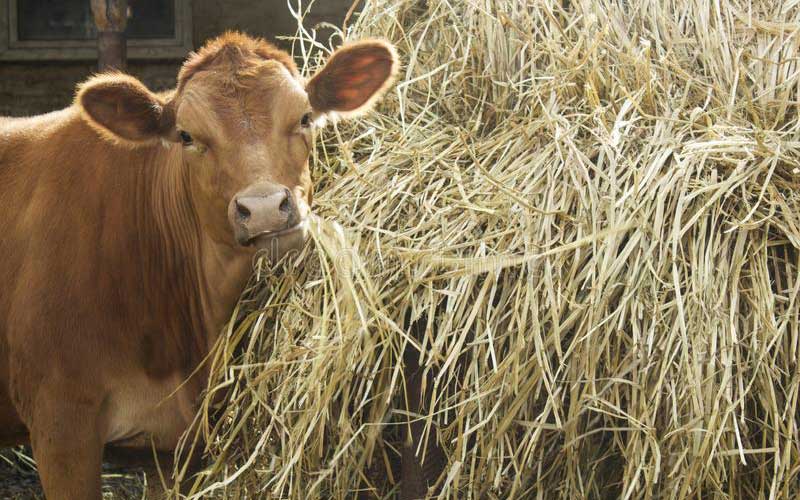
How Much Hay Should Be Given to a Cow in Winter
Farm animals are fed in winter with hay, that is, dried grass. To have enough stock, you need to know how much hay the cow is eating. When calculating, you must take into account many factors that affect the appetite of animals.
Content
1 Taking into account all factors
2 Hay rate
3 Calculation of the amount of feed
- 3.1 Settlement per day
- 3.2 Calculation for the winter
4 Calculations in bales and rolls
5 Types of dried herbs
6 Feeding mode
7 Tips from experienced farmers
Taking into account all factors
Hay is the main food for ruminants. Milk yield of dairy cattle and weight gain of beef animals will depend on the quality and quantity of dried grass eaten. It is necessary to pay great attention to the preparation of feed. The profitability of the economy largely depends on this. Farmers take care of preparing quality feed in advance.
To determine the amount of hay, the following factors must be taken into account:
- Animal weight. A heavier animal will need more feed than a calf. When preparing feed for calves, one must take into account their intensive growth so that winter supplies do not end before spring comes.
- Condition. The animal after illness, or calving, a pregnant cow will be fed with light food. For such animals much less dried grass is needed.
- The region where the farm is located. The longer the animals are in the stable, the more hay they have to harvest. In the northern regions, as early as October, the animals are placed in barns, they begin to feed them with hay, in the south of the country, cows still walk in the meadows.
- The purpose of keeping the animal. For meat-producing animals, dried grass will be the main food. Dairy cows are given other feed, hay in the ration takes only a third.
Important! Along with hay, beets, carrots (other root crops), legumes and cereals are harvested for the winter.
Hay rate
One farm animal per day requires 2 to 4 kg of dried grass per 100 kg of weight. The rate depends on the above conditions, but this is an average value. During lactation, it decreases, it is necessary to give the cow succulent feed - concentrates, haylage.
A dairy cow needs about 25% of the total feed. It will be 15-20 kg daily, because the weight of the animal is from 500 kg and more. When dryness occurs, the cow will stop producing milk. For this reason, up to 50% of hay is introduced into her diet. If the animal is fattened for meat, then the daily rate should be up to 30% of dried grass.
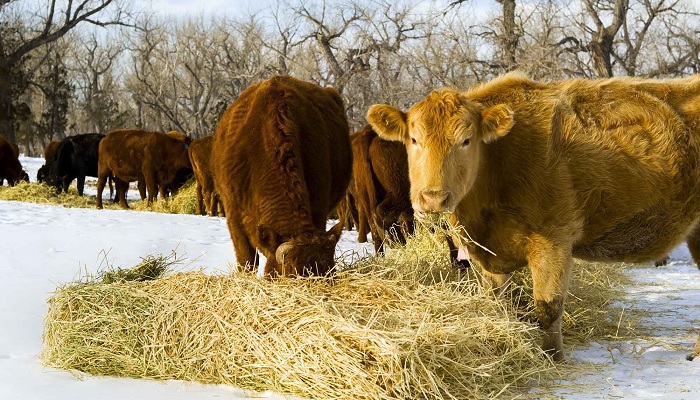
For an adult bull, the norm is 10 to 15 kg of hay daily. The bull should be fed with a rich balanced feed with special additives.
The calf is given milk with vitamin supplements. Dried herb is offered to him in the third month. He receives 3-4 kg per day. With growth, increase in body weight, the amount of dried grass increases to 10 kg.
Calculation of the amount of feed
The amount of feed depends on the weight of the cow. The amount of hay consumed will fluctuate within 10%. Also a significant factor is the milk yield of the cow. The more a cow gives milk, the more feed it needs. You also need to consider the composition of the feed. In addition to dried grass, animals should be given other food.
Settlement Per Day
Dried grass makes up 50% of the daily ration, the rest is compound feed.
The daily optimal composition for a cow with a milk yield of 16.5 liters of milk weighing 500 kg looks like this:
- hay - 6 kg;
- wheat bran - 0.7 kg;
- sunflower cake - 1.5 kg;
- silos - 30 kg;
- fodder beets - 5 kg;
- barley flour - 1 kg.
Important! Animals need to be watered regularly. One cow needs 35 to 60 liters of water daily.
Calculation for the Winter
During stall keeping, the use of roughage decreases. Their need is reduced to 38% of the total weight. A third of the diet should be juicy feed, the rest is concentrated.
Daily ration for a cow weighing 500 kg:
- barley grain - 2 kg;
- corn kernels - 1 kg;
- hay - 15 kg;
- pumpkin, root vegetables - 16 kg.
Based on these data, you can calculate how much animal feed is required for the winter. For each region, the duration of the stall will be different.
Calculations in Bales and Rolls
If you count the dried grass harvested in bales, then 100 bales are needed for one animal. When calculating that in one bale 35-40 kg. For a beef cow - 150 bales. You need to take with a margin, the leftovers can be used as bedding.
If you count hay in rolls, then the sizes are different for rolls. Standard size 1.4 m, diameter the same, weight 240 kg. For one animal, 15 to 25 rolls will be required (depending on the purpose of its keeping).
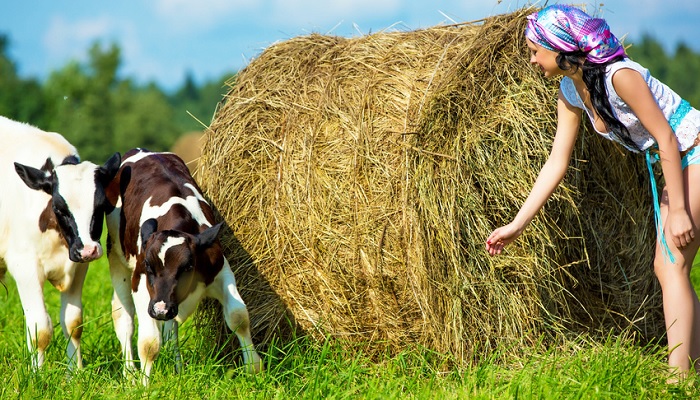
Calculations in Bales and Rolls
Types of Dried Herbs
In summer, animals choose their own grass for food. In winter man makes this choice for the animals. The mood of the cows, appetite, quantity and quality of milk depend on the right choice. For these reasons, you need to be careful about making or buying hay.
It is better to harvest dried grass during the flowering period. During bud formation, plants accumulate twice as much valuable nutrients. It is useful to mow legumes for hay, because they contain a lot of calcium and protein. They have lacticidal properties, very satisfying. But you cannot feed animals exclusively with legumes, the digestive system may suffer.
The presence of the following legumes in dried grass is beneficial:
- soy;
- clover;
- chickpeas;
- alfalfa;
- peas;
- sainfoin.
Dried grass from cereals is obtained qualitatively. They are easy to procure; when overfeeding, they do not cause poisoning in farm animals. But cereals have a low nutritional value compared to legumes. It is imperative to add other components to such hay to enrich the feed.
Cereals in the diet of animals are required. It is useful to add the following plants:
- timothy;
- wheatgrass;
- barley;
- wheatgrass;
- sweet clover;
- bonfire;
- wheat;
- oats.
Useful hay from herbs. Large farms are engaged in special grass planting for forage. This approach helps to keep the feed balanced. In small farms, meadow grasses are mowed. It is advisable to understand herbs so that poisonous plants and bitter grass do not fall into the hay. This will reduce appetite, lead to loss of milk yield and weight.
With the joint cultivation of cereals and legumes, you can increase their nutritional value, improve the composition of the hay. This will significantly reduce the susceptibility of legumes to fungal infection, which will reduce hay spoilage.
Feeding Mode
Experts recommend giving hay to a cow 3 times a day in winter. Observe equal intervals between feedings, if possible. The body will get used to a certain feeding regime, it will be easier to process food. It is advisable to give most of the dried herb in the evening. Hay is considered a rough food and takes a long time to digest. By the evening, enough gastric juice will accumulate in the animal's stomach for digestion, at night the food can be slowly processed. The animal will not feel hungry until the morning.
Experienced Farmer Tips
For a satisfying animal care job, you need to heed the advice of experienced farmers:
- The nutritional value is retained in hay for only 1 year. Then the dried grass is used as bedding.
- Animals trample up to 15% of hay. To prevent this from happening, you need to make convenient feeders.
- Violation of the diet negatively affects the functioning of the digestive system of ruminants.
- When buying hay, you need to pay attention to its color. High quality will be green. There is a lot of clover in brown hay. If there is a bluish tinge, then sedge is present. The yellow tint should alert you. If the grass is cut late, the feed will subsequently be of poor quality with an unpleasant odor. The animal may become ill after such a meal.
A well-designed diet for winter stall keeping will help the animals survive this difficult period. To maintain the health of cows, feed must be balanced, nutritious, saturated with useful elements. Attentive owners are already preparing for the winter keeping of their animals in the summer.
The above is the article for you: How Much Hay Should Be Given to a Cow in Winter. If you are interested in our products or project solutions, please contact us. We will give you the best product quality and the best price. Email: enquiry@pellet-richi.com
Related Product
Production Line Equipment
related News
- >Uzbekistan Gizak 1t/h-2t/h Animal Feed Processing Plant for Floati
- >What is the price of the cattle and chicken feed machinery product
- >How to Choose Premix for Cattle Feed Manufacturers?
- >Cattle Feed Pellet Machine Solves the Problem of Cattle Feeding in
- >How to Make Cattle Feed Pellets? Is It Good for Cattle to Eat Feed
- >What Are the Costs to Consider When Investing in a Cattle Farm?
- >The Feed Pellet Machine Makes Corn Stalks Into Cattle and Sheep Fe
- >Practical | How to Prepare Cattle Premix to Achieve Fast Fattening
- >300kg-500kg Beef Cattle Feed Formula and Cattle Feed Pellet Machin
- >Cheats for Calf Feed Formula in Cattle Farms, What Feed Do Calves
Here you can submit any questions and we will get back to you as soon as possible. We will not disclose the information you submit to anyone, please rest assured.
Copyright© 2022 Richi Machinery. All rights reserved. Site Map






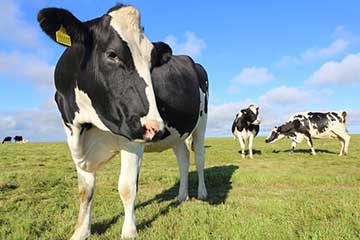
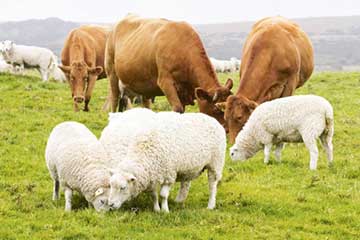
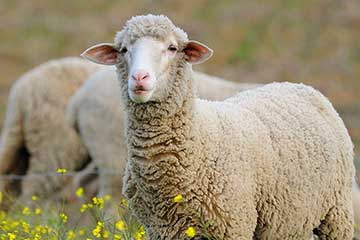
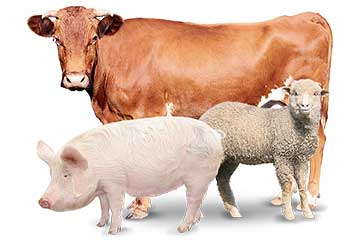
 Product Center
Product Center Get Latest Price
Get Latest Price